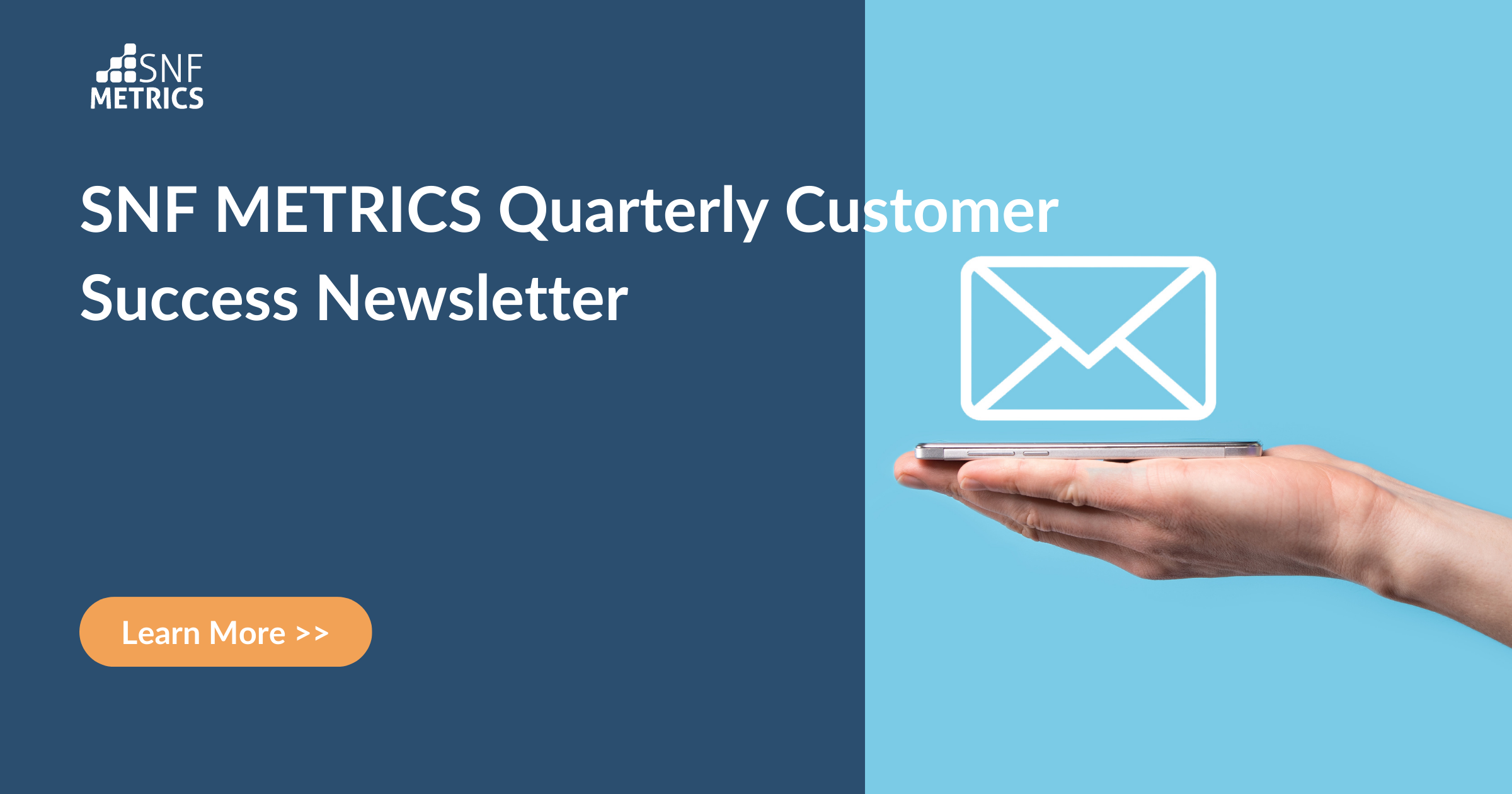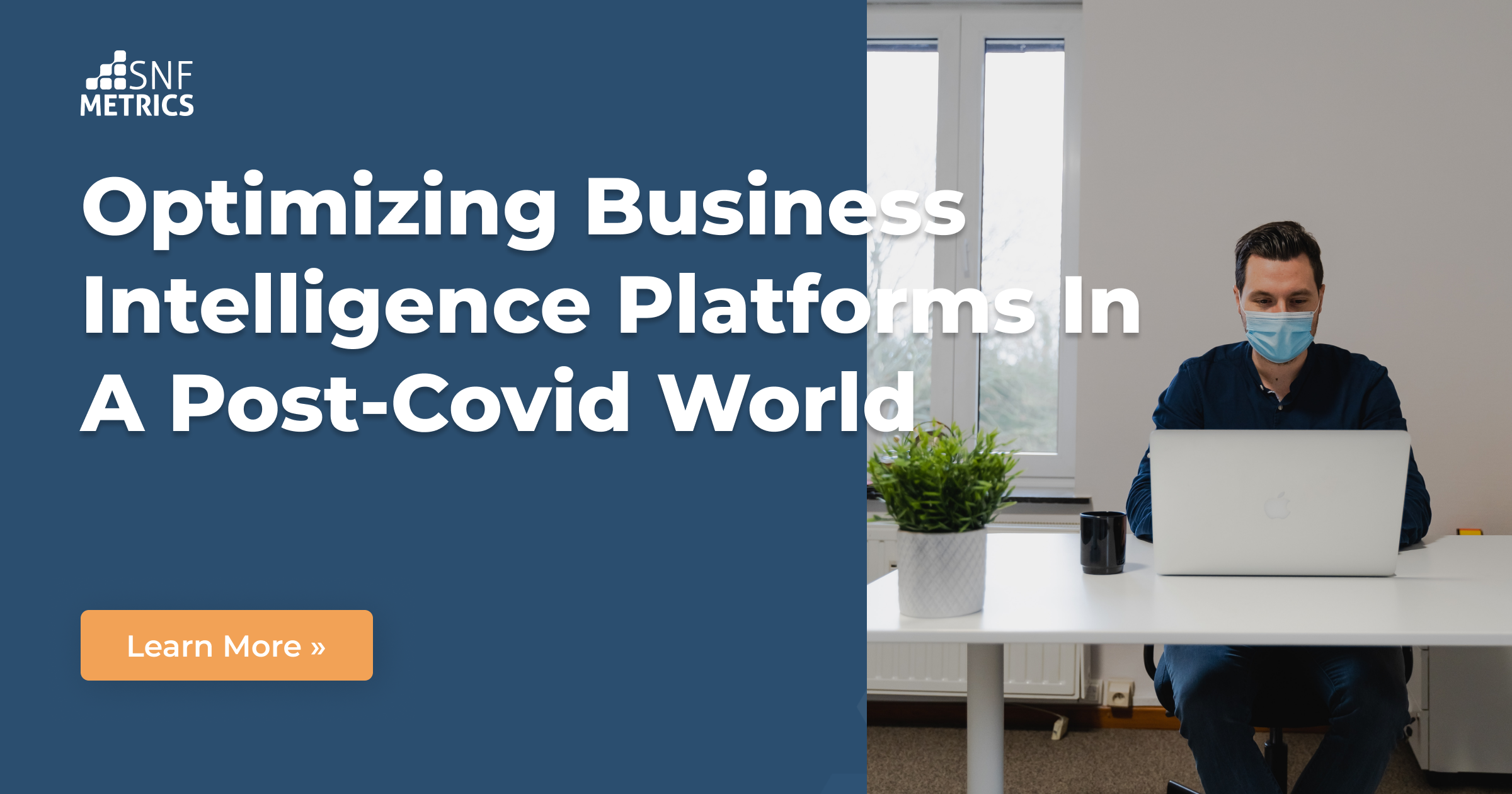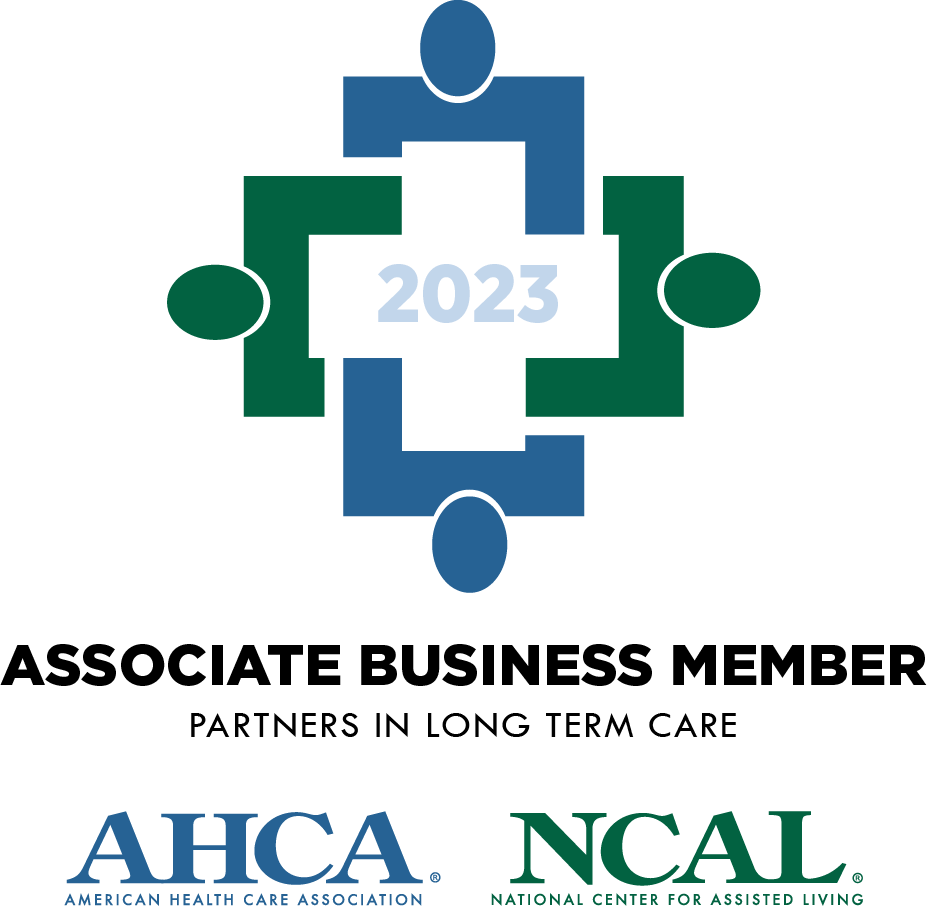
Transforming Care in Skilled Nursing Facilities: The Impact of Big Data Analytics
Explore how SNF big data analytics revolutionizes care, optimizes operations, and ensures compliance in skilled nursing facilities.

Meet Yehuda Traube: The Journey to Exceptional Customer Experiences
Explore Yehuda Traube’s expertise in enhancing customer service at SNF Metrics for superior care.

SNF METRICS Quarterly Customer Success Newsletter Q3
SNF Metrics collaborates with TapestryHealth, offering a comprehensive care management system for nursing homes. Boost patient outcomes and operational efficiency with advanced technology.

The Medline Difference
El Harris, SNF Metrics and Ryan Hedges, Vice President of Regional Field Sales, Northeast, discuss The Medline Model and why they work with SNF Metrics.

SNF Metrics and TapestryHealth Combine, Creating The Most Powerful Clinical Care Platform For Skilled Nursing Facilities
Discover TapestryHealth’s innovative care platform, integrating technology and expertise for superior SNF patient care.

The Value of Business Intelligence For Skilled Nursing Facilities
Explore how Business Intelligence transforms Skilled Nursing Facilities with enhanced care and operational efficiency.

Optimizing Business Intelligence Platforms In A Post-Covid World: One SNF Operator’s Perspective
The post-covid operational challenges are well documented in long term care: Cost of Living increases, staff challenges, enhanced regulations and guidelines, increased attention on risk management, negative public perspectives and census challenges to name a few. In this series, we will challenge Nathan Norton, Vice President of Operations at Marquis Health Services, to share his secrets to SNF Operations success.

SNF METRICS Quarterly Customer Success Newsletter
Newsletter You have put your trust in us to manage and simplify your data into actionable insights. We take great pride knowing that–and we strive to always impress you with more features and functionality to make your jobs easier, save time, help you to be more responsive, improve care and manage financial stability. Over the

E01.03 – Constant Reports Enhancements with SNF Metrics: They Never Sit Still!
Are you looking for ways to optimize your role and streamline your workflow? Look no further than SNF Metrics! In this video, we dive into the experience of reports updating and enhancements with SNF Metrics and how it can revolutionize your work. At SNF Metrics, we’re committed to providing the best product and always evolving





